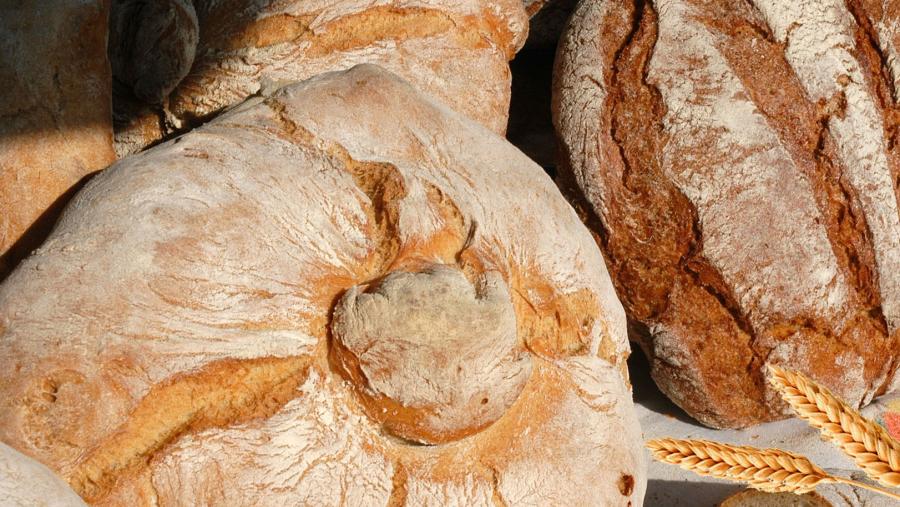Bread: from your table to a research project at Campus Terra

For breakfast, for lunch, as an afternoon snack or for dinner; freshly baked, a few hours after it came out of the oven or toasted; with a little slice of something or just “as is”... the possibilities are endless! Last week, we talked about how people need the sun to survive — well, who could live without bread?
One of the drivers of Campus Terra is innovation, so tasting this delicious food with our mouths and smelling it with our noses was not enough — we had to have a closer look at it, from a scientific perspective. To be more specific, it was Luis Urquijo Zamora who placed Galician bread —which was granted Protected Geographical Indication (PGI) by the EU— at the centre of his doctoral thesis.
This researcher from the Mabegondo Agricultural Research Center (CIAM) has just presented his dissertation —entitled “Agro-morphological study and characterisation of high molecular weight glutenins of Galician autochthonous ecotypes of Triticum aestivum L.”— at the School of Engineering of the university’s Lugo Campus.
This study —co-directed by Benigno Ruiz Nogueiras, professor at the USC School of Engineering, and Luis Alberto Oliveira Prendes, from the University of Oviedo— aims to prevent the disappearance of local varieties —a phenomenon that has increased in recent decades— and reduce the risk that those that still exist are displaced by the autochthonous Callobre and Caaveiro varieties of wheat.
The “crust” of the research studies how high molecular weight glutenins determine the baking quality of the 199 types of wheat listed in the Winter Cereal Germplasm Bank of the CIAM. On the other hand, the “crumb” is the data he collected from the field experiments developed over three years in Mabegondo to establish the agro-morphological, botanical and grain quality characterisation of 110 wheat ecotypes. The observation of these ecotypes allowed to understand the differences between the varieties, as well as to divide them into 18 more homogeneous groups.
After baking it in the oven, Luis Urquijo Zamora took out a “loaf of bread” that will be extremely useful in the future, during the process of homogenisation of the best local varieties. Without a doubt, the summa cum laude he achieved also goes to Galician bread, which has left a very good taste in everyone’s mouths at Campus Terra.
